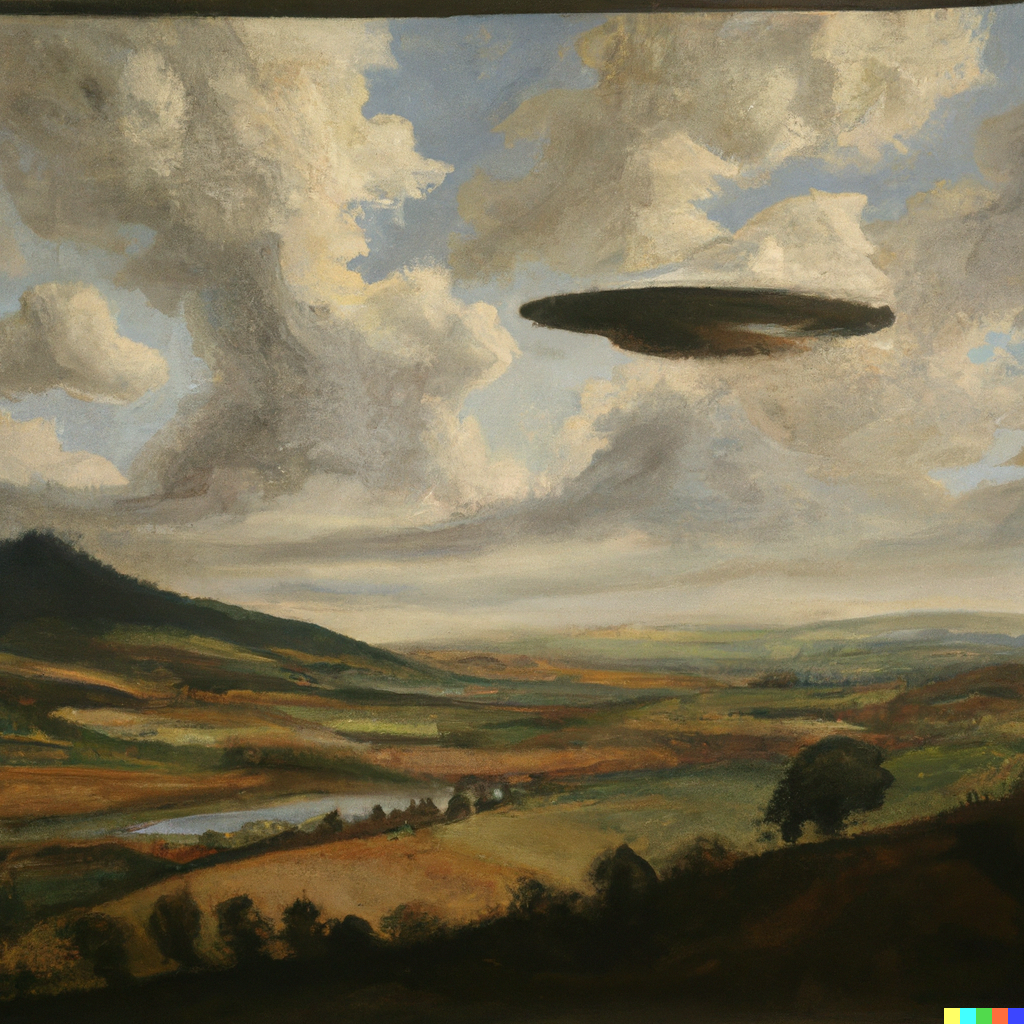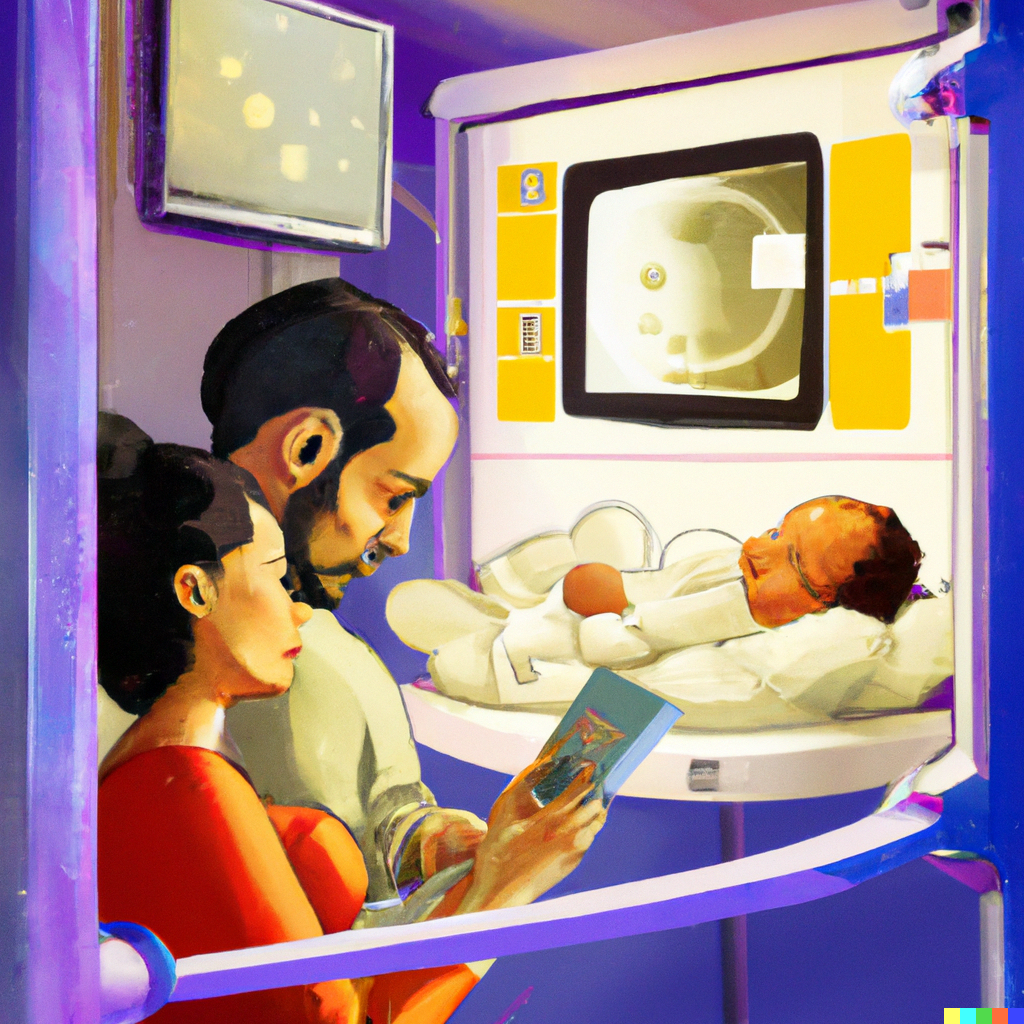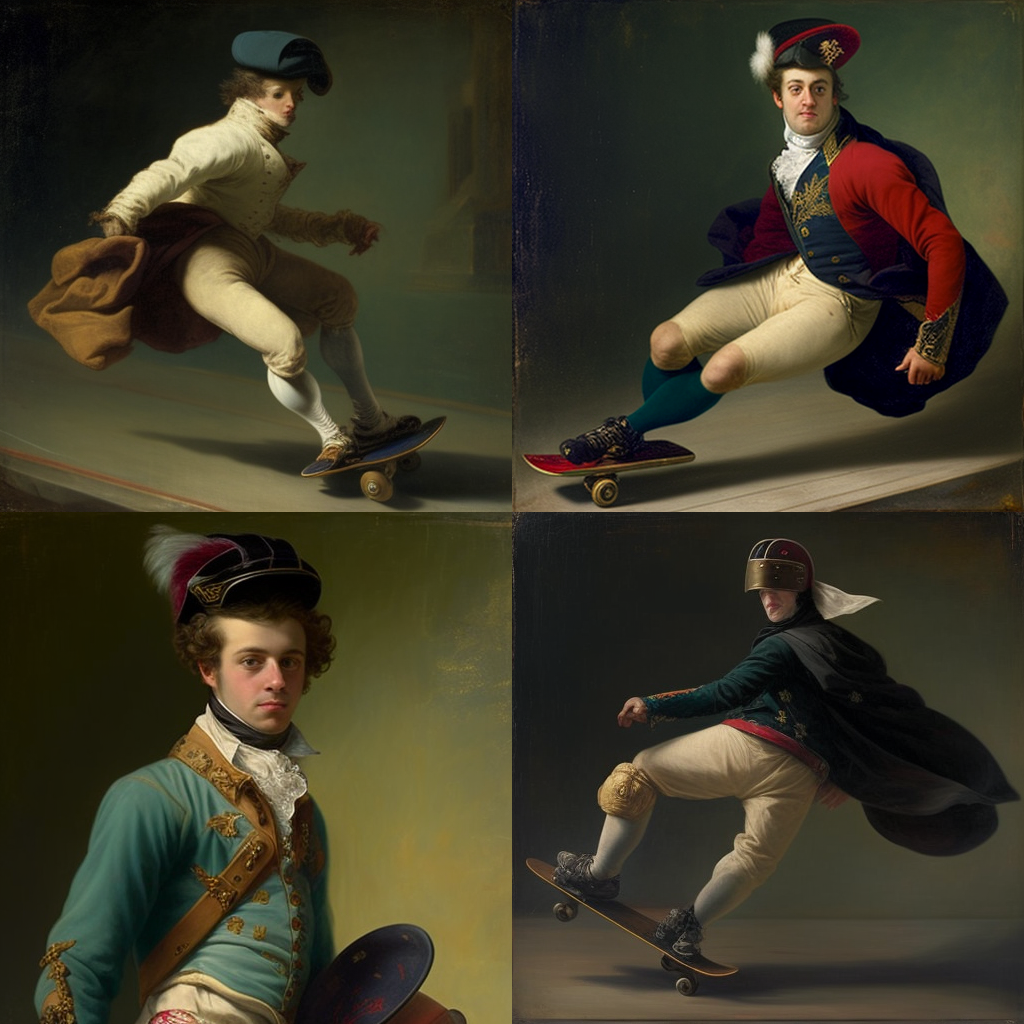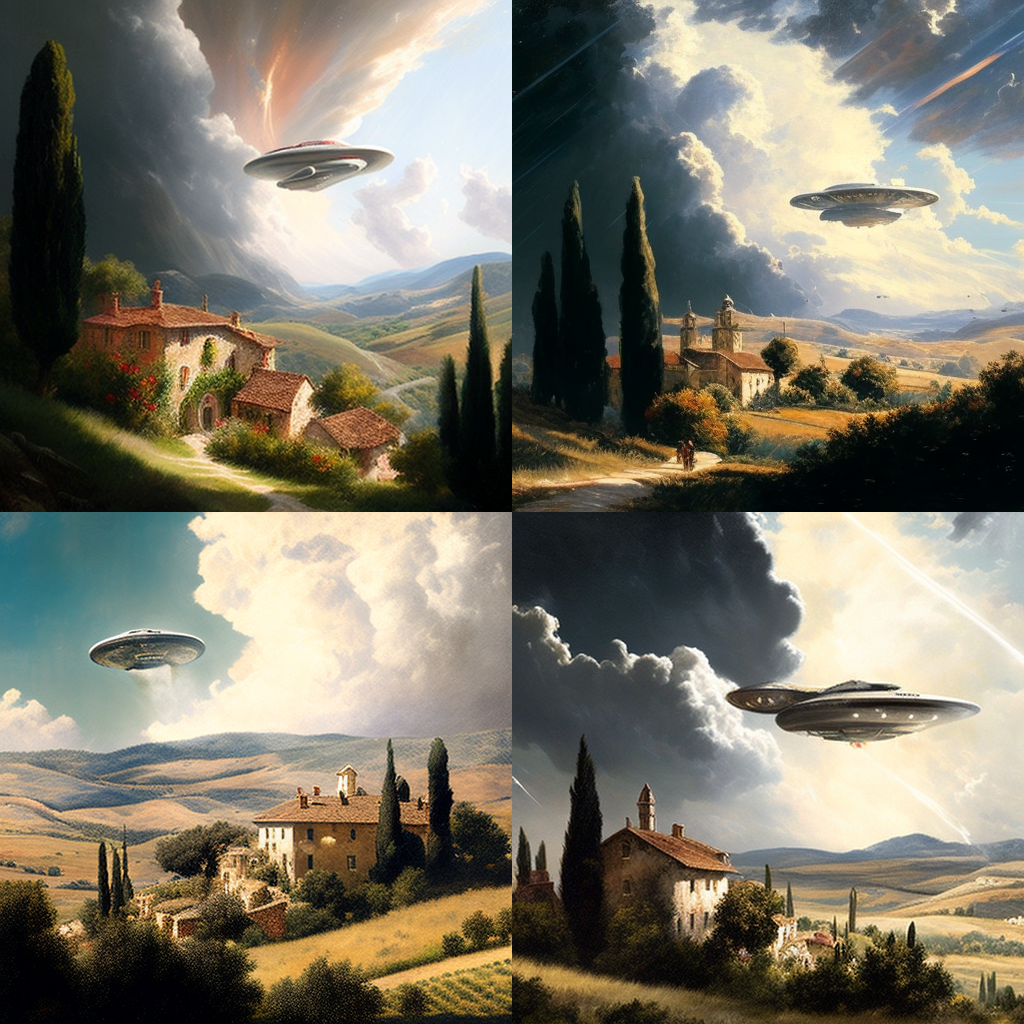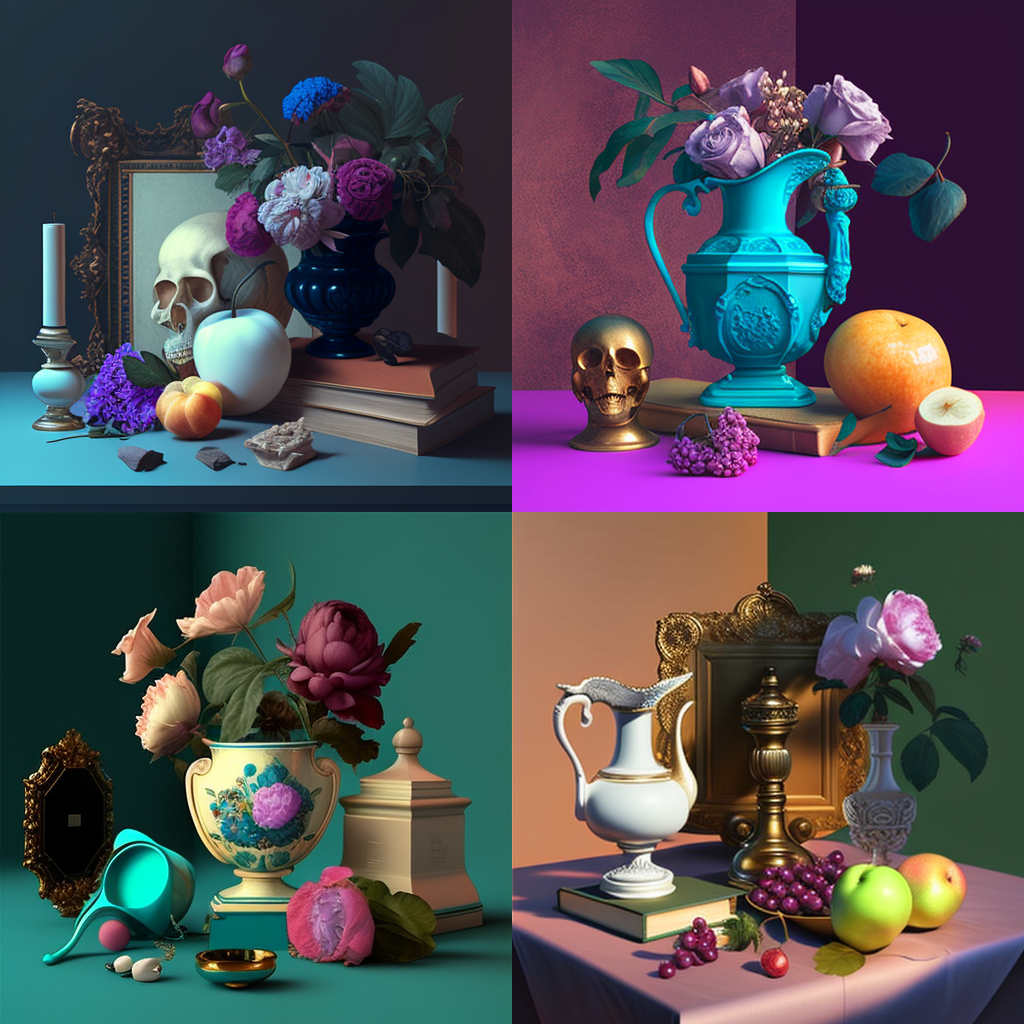In March we were lucky enough to buy a Hyundai Ioniq 5.
We replaced a 2008 Toyota Matrix 5 speed that frankly, we loved. It was reliable, not too costly to drive or maintain, and had a ridiculous amount of cargo capacity for a car its size. It was a manual transmission, which I still think is a greatly enjoyable way to drive a car. I am horribly biased in favour of this car of course -- it's the car I learned how to drive in. It's the car I brought my first child home in.
We replaced it however because we needed just a bit more room. With a baby seat behind the passenger seat the passenger was forced to have their knees touching the dashboard, an unpleasant experience, and so when we knew our second child was in the cards we knew we would need a little more room. So car shopping began.
(Side note: There's a whole self-flagellating paragraph about cars, climate, pedestrian deaths etc that I probably could write here -- but suffice it to say, the life I have is one where a car is necessary, even if I wish that weren't the case)
Car Shopping
I was very convinced that I wanted a fully electric vehicle, and so I pretty much immediately focused our search down to only those. We managed to test drive a few options.
The first electric car we managed to test drive was the Volvo XC40 Recharge. Our test drive of this was very funny; while we knew intellectually that EVs have huge torque, it wasn't until my wife floored it getting onto a highway onramp, thwacking my skull against the headrest by surprise, that it was really bodily known how much power these cars have. The Volvo had a really interesting Google powered infotainment system (though, Google's penchant for cancelling projects gave us a lot of pause with that), which included a neat in-dash map system.
Despite on the exterior being quite a bit larger than the Toyota, it was surprising to discover that on the interior, the car felt the same size as the Toyota; considering we wanted more room, this and the fairly high price eliminated the XC40 from contention. Part of the reason is it didn't have more room is that it was a shared platform car -- the XC40 Recharge was an electrified version of the regular XC40. As a result, the interior spaces were shaped to allow things like driveshafts to impinge, reducing available room. I did enjoy the Volvo though, and I am intrigued by the EX30, which wasn't even announced when we were shopping.
The next car we got to drive was the Tesla Model 3. Realistically we were actually looking at the Model Y, but we got to at least try to Model 3.
Driving a Tesla is a very interesting experience. The 1-pedal driving in it is legitimately very well done, and it felt fine as a test drive car. However, the giant screen in the middle and lack of buttons was an immediate turn off. We didn't hate the Tesla, but we weren't super impressed, and the price for the Model Y we'd actually buy was high (and fluctuated hugely during the time we were looking!)
We also tried a Kona Electric. It was actually almost perfect; it felt good to drive, was priced right (and we could have picked one off the lot that day), had normal buttons for things like climate control. Unfortunately, despite side-by-side being almost the same size as the Toyota Matrix, it was clearly smaller on the interior, which was the opposite of what we were looking for.
The Ioniq 5
We actually never saw an Ioniq 5 in person until after we pre-ordered it, but it hit many of our desired requirements:
- It was larger than the Matrix, but was definitely not enormously larger.
- It was an electric-first platform; this tends to translate to more efficient use of interior space.
- It has extremely fast charging support, a very reasonable range.
- It came in an AWD configuration. We were trying to avoid rear-wheel drive only cars due to our living in a wintery place.
- Its pricing was high, but not extremely high, and it was eligible for the federal iZEV incentive.
After we pre-ordered the car we did finally get to test drive one, which helped cement it as the right choice. It was actually bigger; it wasn't enormous, it drove fine (though, our test drive was abbreviated... the dealership had high demand for it, and only a relatively slow charger, and so by the time we got to try it out it only 5% battery and so they asked us not to take it too far).
Waiting
We pre-ordered our Ioniq 5 in November of 2021 -- should really have done it a month or two earlier, but we hemmed and hawed about it for a while.
The car arrived 17 months later, in March of 2023. Supply chain issues due to COVID and the war in Ukraine each introduced delays. 17 months delay meant that ultimately we'd ended up spending 7 months with two children in the Matrix. It was manageable, but tight, and we definitely were ready for a little more room when the time came.
Still some snow in March!
Living with the i5
In the vast majority of ways, the i5 has worked out perfectly. Life with an electric car has been very nice. The quiet, the lack of smell, all have been nice bonuses.
I've particularly enjoyed:
Charging At Home
When we first got the car, we spent the first month and a half using the slow trickle-charger. With this charger, it takes more than 60 hours to fill the car, and so we simply took to plugging in the car whenever we got home. This mostly worked out -- we weren't road tripping at the time. Once we let the car get a bit lower than we were comfortable with, so I topped it back up at a DC fast charger.
Eventually, we got a Level 2 charger which can charge the car from 20% to 80% in about 6 hours. At this point, we have taken to mostly charging the car about once a week.
Driver Assistance Features
Coming from the Toyota Matrix there's a huge amount of new driver assistance features. Writing about all of them would be too much, but two stand out as very helpful: Lane-keeping and adaptive cruise control. These help hugely when doing a long road trip; lane keeping means the car will keep itself in lane (even following curves) and adaptive cruise control will adjust the car's speed to ensure a set distance is maintained between yourself and a car ahead of you.
In some, GPS mediated, circumstances these two combine to provide what's called in the manual HDA2, which is "highway driving assist" -- HDA2 adds to the car the ability to change lanes by itself, merely by turning on the indicator.
These features are purely SAE Level 1 self-driving, however even that is sufficient the cause me a little discomfort. Sustained monitoring is hard, and so for myself I use the feature only when I too am turning the wheel -- effectively using it as 'smart' power-steering.
Road Tripping
We've now down two road trips in the car. The first to Jasper was about 350km one way, the second to the southern Rockies was about 700km.
Both trips were fairly smooth; the challenges all emphasized preparation and route planning. Unfortunately, we're still not at a point yet where fast chargers are so frequent you can simply assume one will be where you want to stop. The chargers we used mostly were fine, but did have one peculiar charging session. Given the number of road tripping horror stories, I'm happy to report we definitely aren't one of them.
One worry I had was the infrequency of chargers faster than 50kW; but it turns out that 50kW is pretty fine unless you're trying to do a very short stop with a very low battery. Most places we were out of the car for 45 minutes at minimum, and for a number of our stops we ended up charging up to 100% just because we ended up puttering around at a restaurant longer than originally planned. I think it would be cool to hit a 150kW+ charger, but unless you're pushing yourself hard, I don't think it's a -necessity-.
Honestly, the biggest challenge road-tripping with the i5 is the sloped trunk hatch; I'm sure it dramatically improves aerodynamics, but really consumes a lot of what was storage space in the Toyota Matrix, and so we found that packing luggage in was definitely more challenging than it had been for us in the Matrix.
Issues Encountered
As with all things, we've encountered some issues. So far zero show-stoppers, but in the interests of disclosure and remembrance:
- Level 2 Charging at home has to happen with the car set to 'medium' speed (8.9kW). At high speed, internet forums suggest that the car's charge port seems to overheat which stops charging, and then it doesn't restart. Frustrating, but that is still more than fast enough for home charging. (Edit This has now been fixed)
- The car has memory seat positions linked to a 'user profile'. For some unknown reason, infrequently the car will forget to change seat position.
- In general, the car's 'user profile' system is shockingly slow to respond to changes. The car boots and is ready to drive in maybe two or three seconds, but getting the infotainment system to switch user profiles can take 30 or more seconds.
- We've encountered one parking lot in the city where the car wont recognize its fob and refuses to lock the doors or start the car.
Features Untested:
The car has features we still haven't even tried out:
- Parking assist for automatic parallel and reverse parking
- Garage Door opening
Mechanical Sympathy
Driving the EV is nice; the ability to go fast fast is an experience only supercar drivers and people who own electric cars get to experience. However, driving the Ioniq 5 I doubt I'll ever feel the same level of 'mechanical sympathy' that I felt driving the Toyota. In the Toyota, you drove by feel and by ear; you could tell how fast you were going by knowing what gear you were in and what the engine sounded like. You knew when to change gears by how the acceleration felt and the sounds the engine made. It was a fully engaging experience. Driving an EV so far feels like... well, you've got a pedal labelled go... and you go. The Ioniq 5 also has a pair of paddles behind the steering wheel that you can use to select regeneration levels, and bring the car to a stop with; but it's not the same at all.
Conclusion
This blog post has taken way too long to write -- it was originally titled "5000km without gas", and I started writing it around the 4000km mark...
In summary: Seems so far to be a great car, fulfilling all the things we had set out to get; as in most things these days it’s software that lets it down.









